Wheel Size: 29”
Travel: 140 mm rear / 140 mm front
Geometry Highlights:
- Sizes Offered: S, M, L, XL
- Headtube Angle: 65.5°
- Reach: 490 mm (Size Large)
- Chainstay Length: 440 mm
Frame Material: Carbon fiber
Price: $8,699 to $11,999 (see details)
Wheel Size: 29”
Travel: 150 mm rear / 160 mm front
Geometry Highlights:
- Sizes Offered: S, M, L, XL
- Headtube Angle: 64.5° (High position) / 64° (Low position)
- Reach: 485 mm (Size Large, High position) / 480 mm (Size Large, Low position)
- Chainstay Length: 440 mm
Frame Material: Carbon fiber
Price: $8,999 to $10,999 USD (see details)
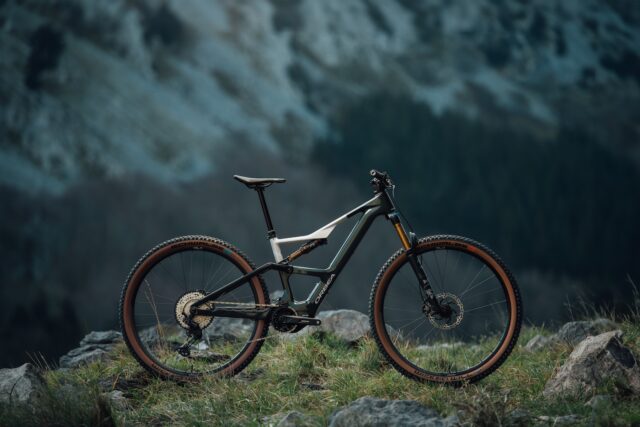
Intro
We’ve been talking a lot about lightweight eMTBs these days, with a whole lot of companies jumping on the bandwagon. Orbea was one of the early drivers of said bandwagon, with the Rise first entering the brand’s lineup in 2020. Orbea has revisited its popular lightweight eMTB for 2025, with the new Rise getting a whole bunch of sensible features, a new motor from Shimano, and impressive battery capacity. The Rise also splits into two travel options, with the introduction of the Rise LT (150 mm rear / 160 mm front) and Rise SL (140 mm at both ends). There’s a lot to talk about here, so let’s get into it.

The Frame
With Orbea’s release of the new 2024 Occam late last year, it’s perhaps unsurprising to see the Rise striking a similar aesthetic. The new Rise is now offered in carbon fiber only and features Orbea’s familiar four-bar layout with a concentric pivot at the rear axle and a yoke driving the shock. The Rise shares the same asymmetric frame layout with the Occam too, with an offset strut joining the seat tube and downtube while still allowing for a water bottle on the left-hand side.
Orbea claims to have optimized the frame stiffness through a host of updates, bumping rear triangle stiffness by a stated 14% and front triangle stiffness by 8% while also offering size-specific stiffness to account for different average rider weights across the size range.
As a frame-only without shock, battery, or motor, the new Rise weighs just 4.85 lbs / 2.2 kg in size Medium. That’s a very low frame weight, especially for a bike that can handle as much as 150 mm of rear travel and a 160 mm fork.
Speaking of travel, the Rise again follows the lead of the Occam with the introduction of the LT and SL models. Both Rise variants share the same frame, but the LT gets a longer stroke shock and aluminum link with a nifty geometry adjustment chip (more on that below) for 150 mm of rear travel, paired with 160 mm up front. The Rise LT is both more progressive than the outgoing Rise and has a higher leverage ratio, starting just below 3.25 and ending around 2.4. Anti-squat starts off quite high at around 130%, dropping to around 85% at bottom out. Anti-rise is quite low across the board at 50%, increasing to just over 60% at bottom out.



The Rise SL focuses, as the name implies, on saving weight, with a carbon fiber link that forgoes the geometry adjustment and pumps out 140 mm of travel, paired with a 140 mm fork. From a kinematics perspective, the Rise SL’s leverage curve looks nearly identical to the outgoing Rise, just with higher leverage, dropping from just under 3.25 to just under 2.5 over the 140mm of travel. The anti-squat and anti-rise curves on the Rise SL are essentially identical to those of the Rise LT.
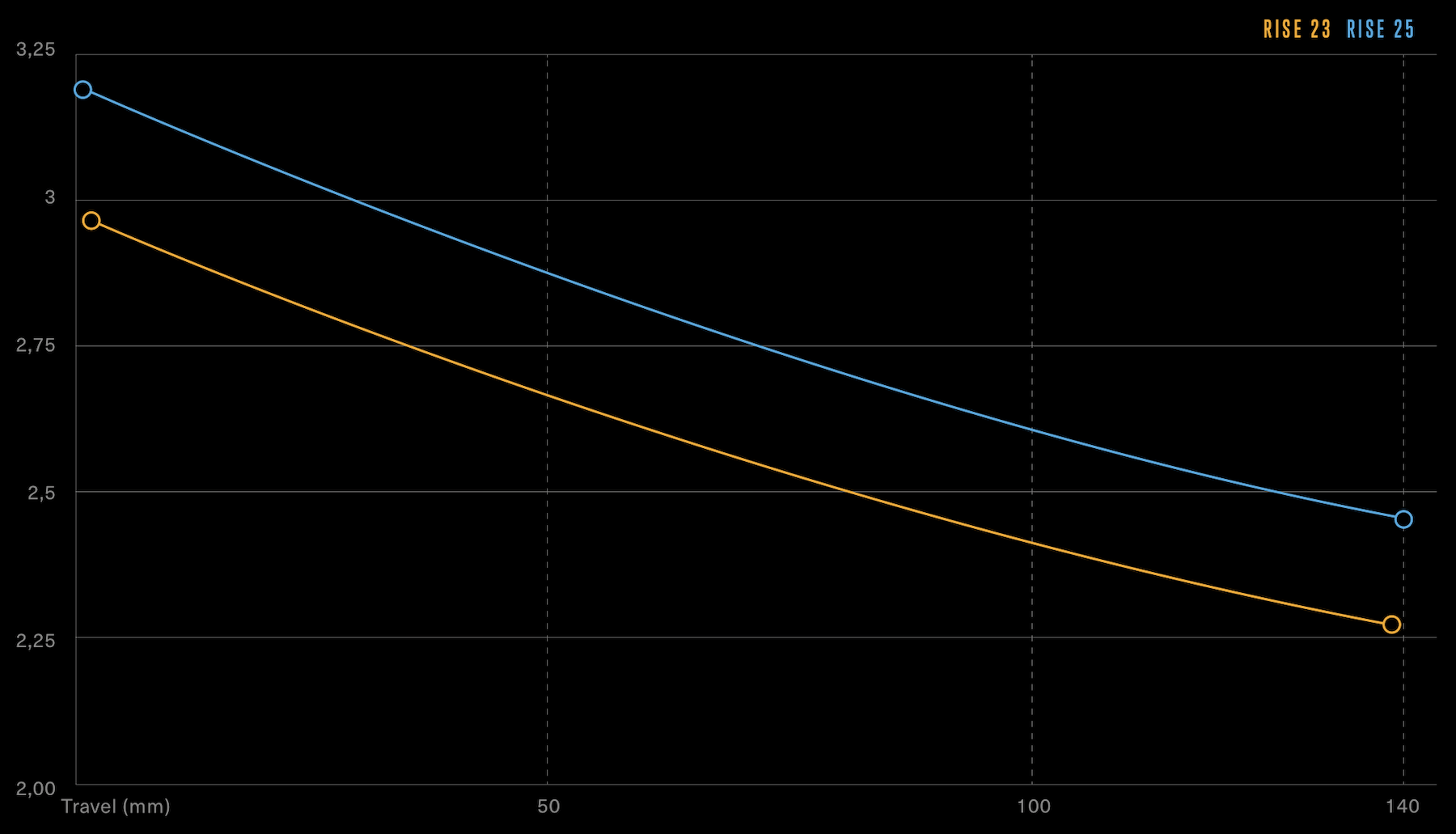


Both bikes get the same finishing details otherwise. The inclusion of the battery means that the new Rise doesn’t get in-frame storage, but it does (unfortunately) get headset cable routing via a proprietary headset and interlocking spacers. Bearings are double-sealed to keep the elements at bay, and the upper pivot axle has Orbea’s stealthy MT20 FLP multi-tool secured inside with a magnet. Both bikes also get pre-applied transparent frame protection tape called Second Skin, in addition to rubber protection details on the chainstay.
Drive System
With so many brands opting for Bosch’s Performance Line SX motor as of late, it’s intriguing to see Shimano punching back with the updated EP-801 RS GEN2 MC motor. In classic update form, the RS GEN2 MC motor generally gets “more”: more power and more torque.
While the outgoing EP8 RS motor was capped at 60 Nm of torque, the new one offers two modes with two personalities. In “RS” mode, the EP-801 RS GEN2 MC puts out a maximum of 54 Nm of torque, while “RS+” mode throws down a full 85 Nm of torque. The stated power is lower than a full-power motor, with Orbea claiming a 15% increase in power over the EP8 RS on the previous Rise, or an implied ~400 watts based on the prior motor’s 350-watt output, but torque is on par with a full power EP801-equipped bike. That option for increased torque output and power should help the Rise keep pace a bit better if your riding mates are on full-power eMTBs.
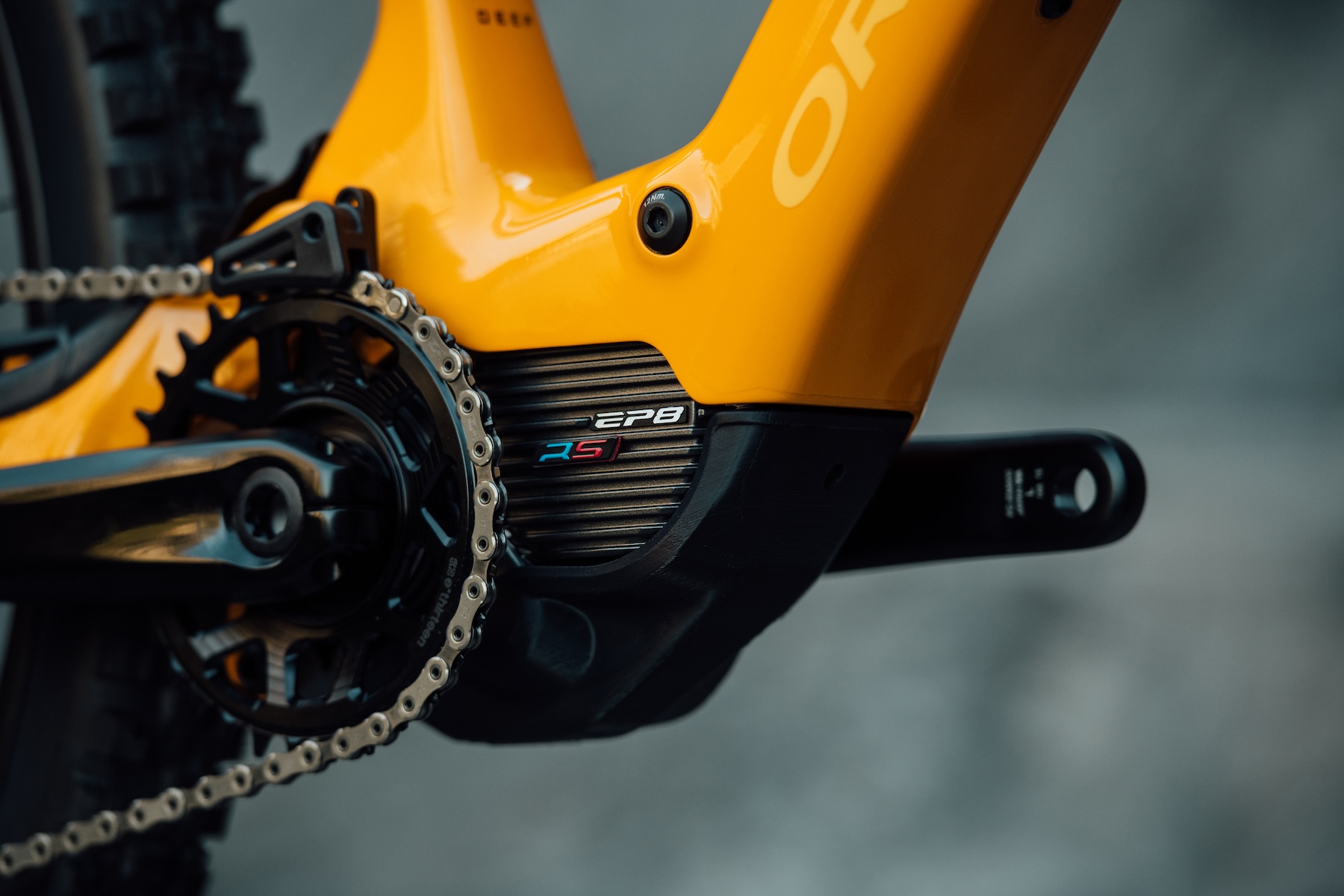
In addition to the new motor, Orbea put some serious work into developing a new battery platform with a lot of options for configuring the package. Orbea’s batteries claim to pack 16% more range per gram than competitors. The lightest battery is 420Wh, which is already larger than a lot of lightweight eMTB competitors, but Orbea knocks them out of the ring with its 630Wh battery — which, like the motor’s maximum torque values, puts the Rise into full power eMTB territory. The 420Wh battery weighs 4.3 lbs / 1960 grams while the 630Wh weighs 6.3 lbs / 2880 grams. Both batteries are compatible with the optional 210Wh range extender, which adds 2.4 lbs / 1.1 kg to the system weight and provides the potential for a lot of range.
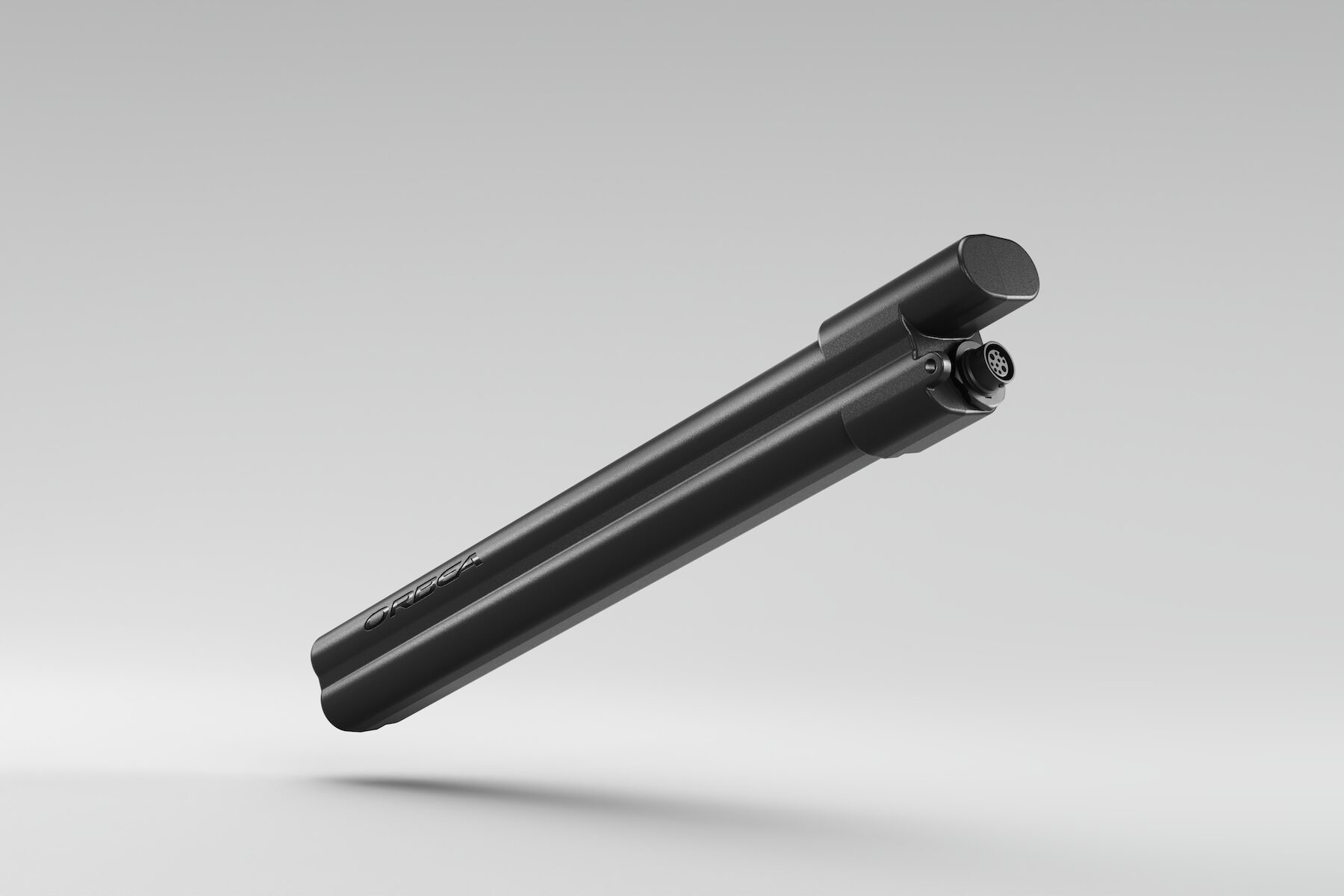
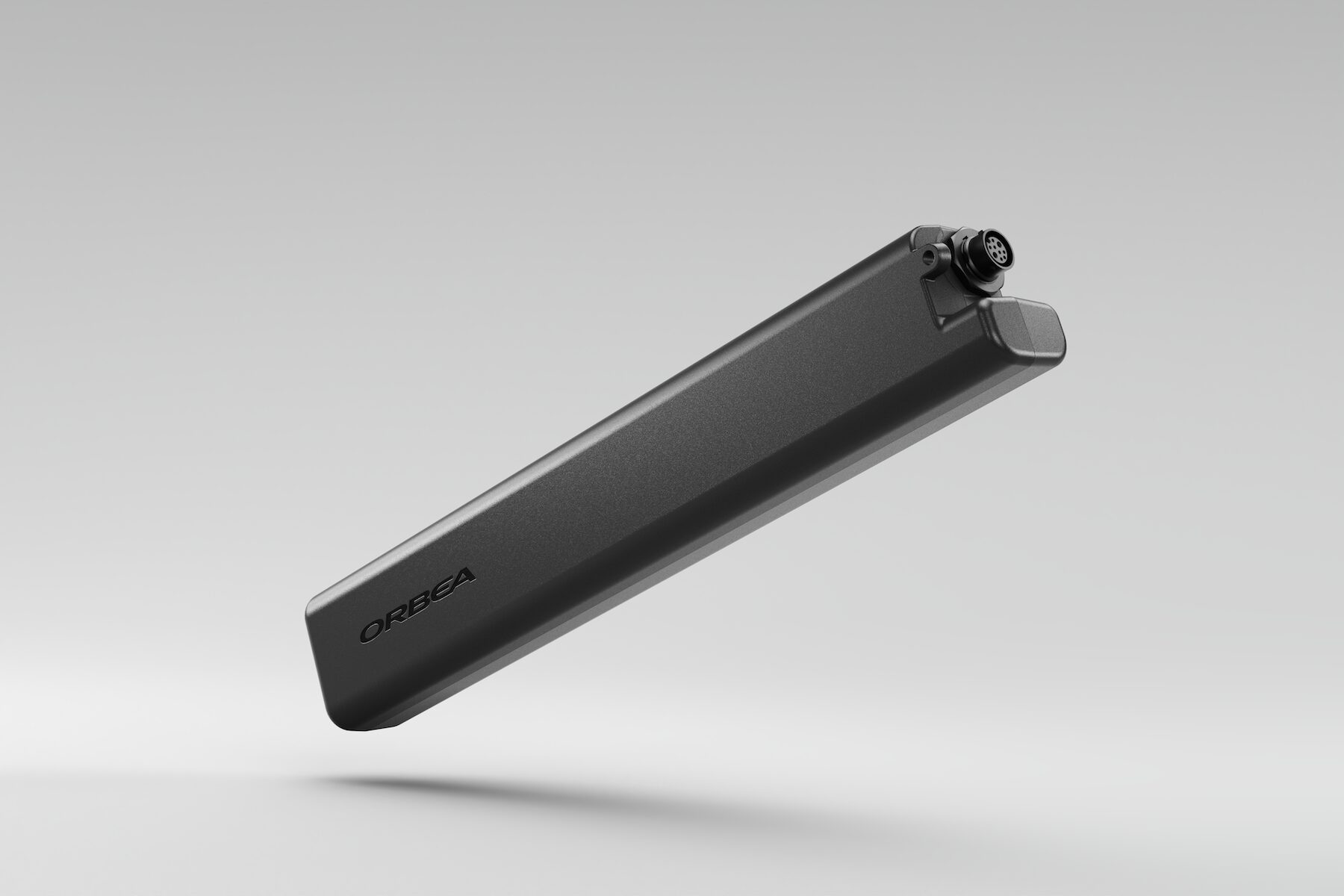
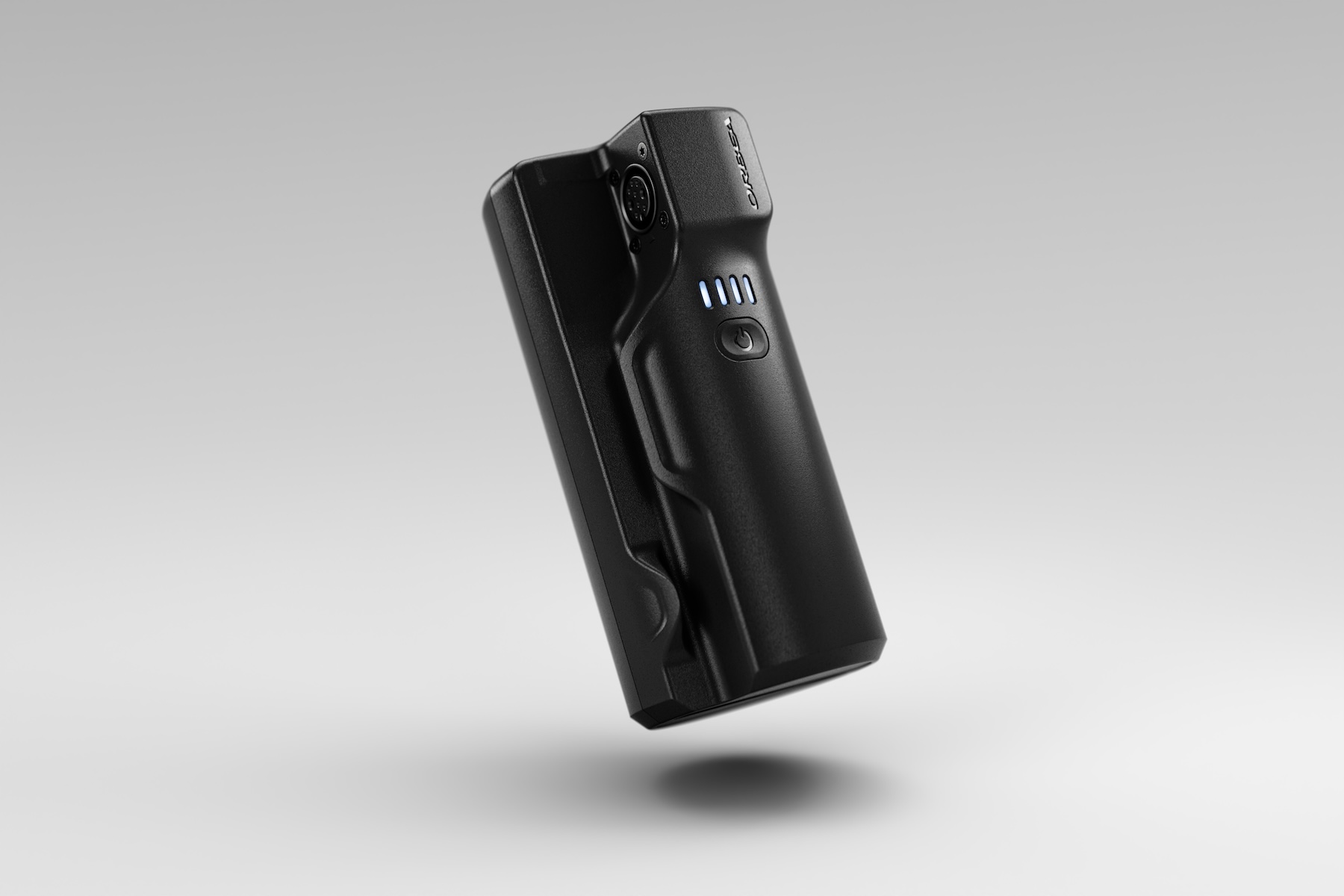
Fit & Geometry
From a geometry standpoint, the Rise LT and Rise SL do not push the envelope in any particular direction, but instead represent a sensible balance of figures that are decidedly modern.
Starting with the Rise LT, it’s great to see the very handy geometry adjust feature from the Occam LT making its way onto Orbea’s new eMTB. While it isn’t tool-free, it doesn’t require disassembly to flip between High and Low modes, making it a whole lot easier to switch around based on the terrain. In the High position, the Rise LT gets a 64.5° headtube angle, 77.5° seat tube angle, and 26 mm of bottom bracket drop; in Low, those numbers all drift slightly more aggressive to a 64° headtube angle, 77.5° seat tube angle, and 34 mm of bottom bracket drop. The geometry shift has an impact on reach and effective top tube length too, with the size Large going from a 485 mm reach, 623 mm stack and 622 mm effective top tube in High to 480 mm reach, 633 mm stack and 623 effective top tube in Low. Regardless of mode or size, all Rise LT models get 440 mm chainstays.
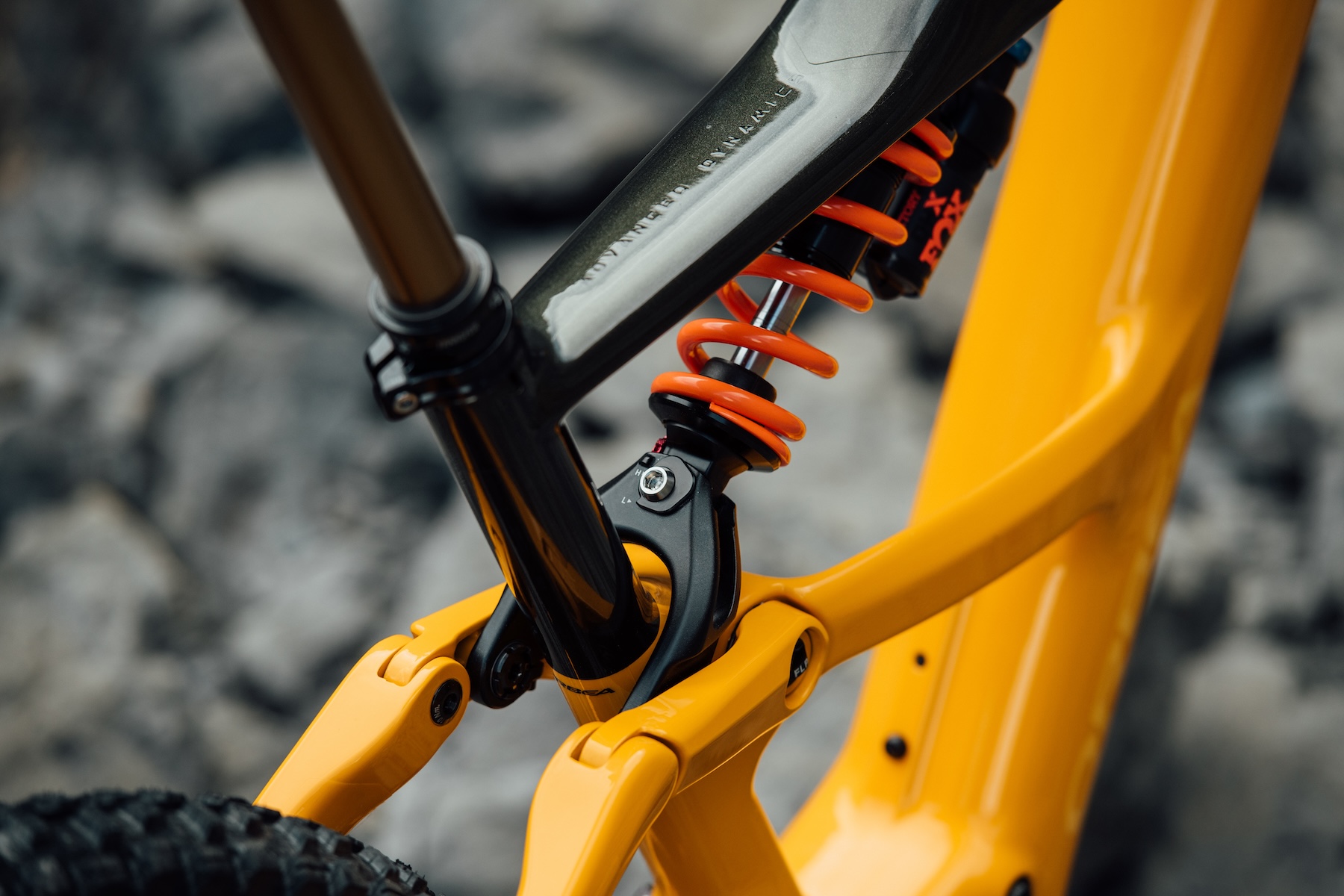
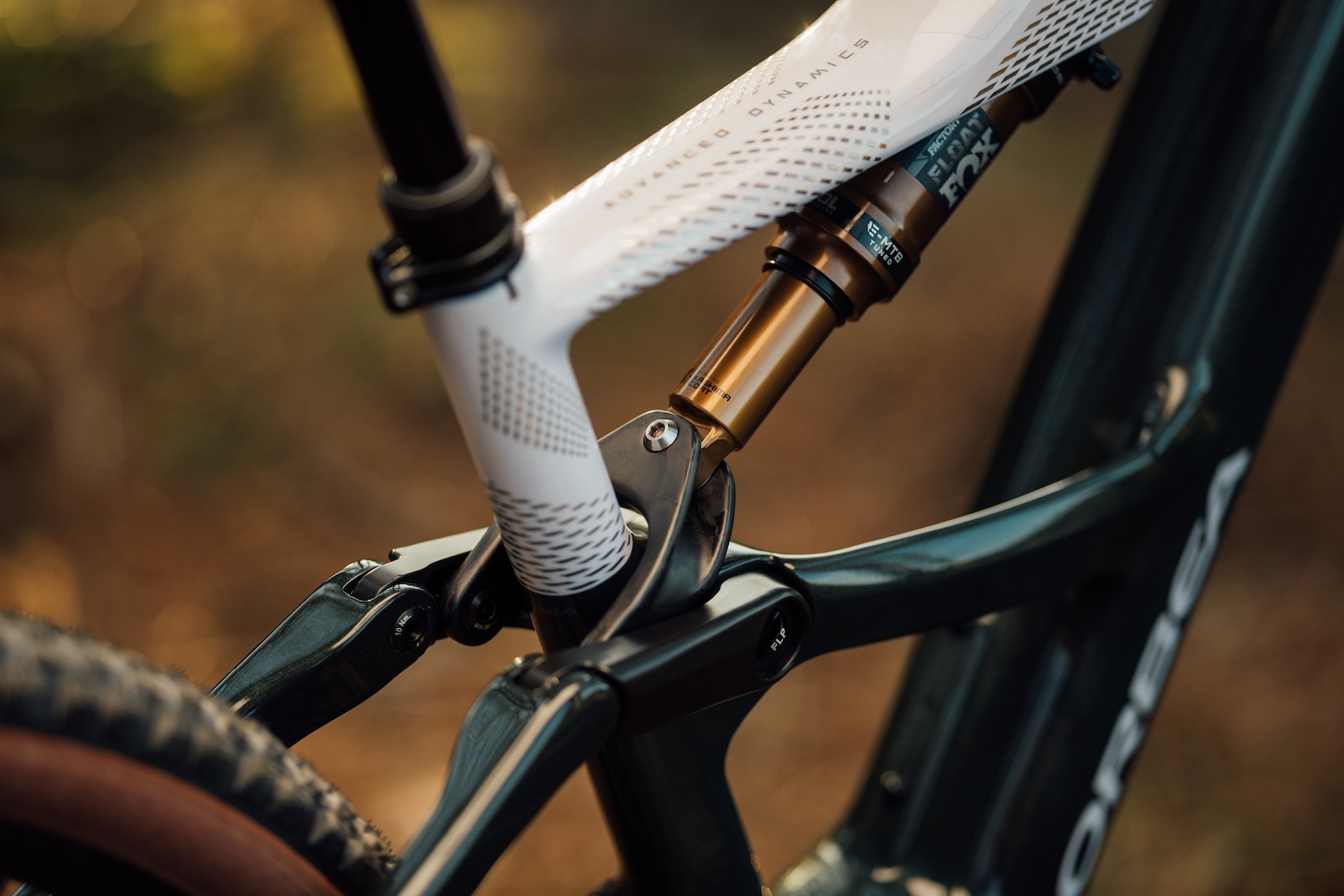
With the Rise SL, geometry is fixed due to the carbon fiber link that forgoes the geometry adjustment, and is generally steeper than the Rise LT. The headtube angle sits at 65.5°, seat tube angle is 78°, and bottom bracket drop is 37 mm. A size Large gets a 490 mm reach, 623 mm stack, 620 mm effective top tube, and the same 440 mm chainstays as the Rise LT.
It’s worth highlighting that the same long dropper post compatibility that we’ve appreciated on the Rallon and Occam is present on the Rise as well. Short and straight seat tubes mean that insertion depths range from 295 mm on the Small to 350 mm on the XL, giving riders a lot of flexibility in dropper post length.
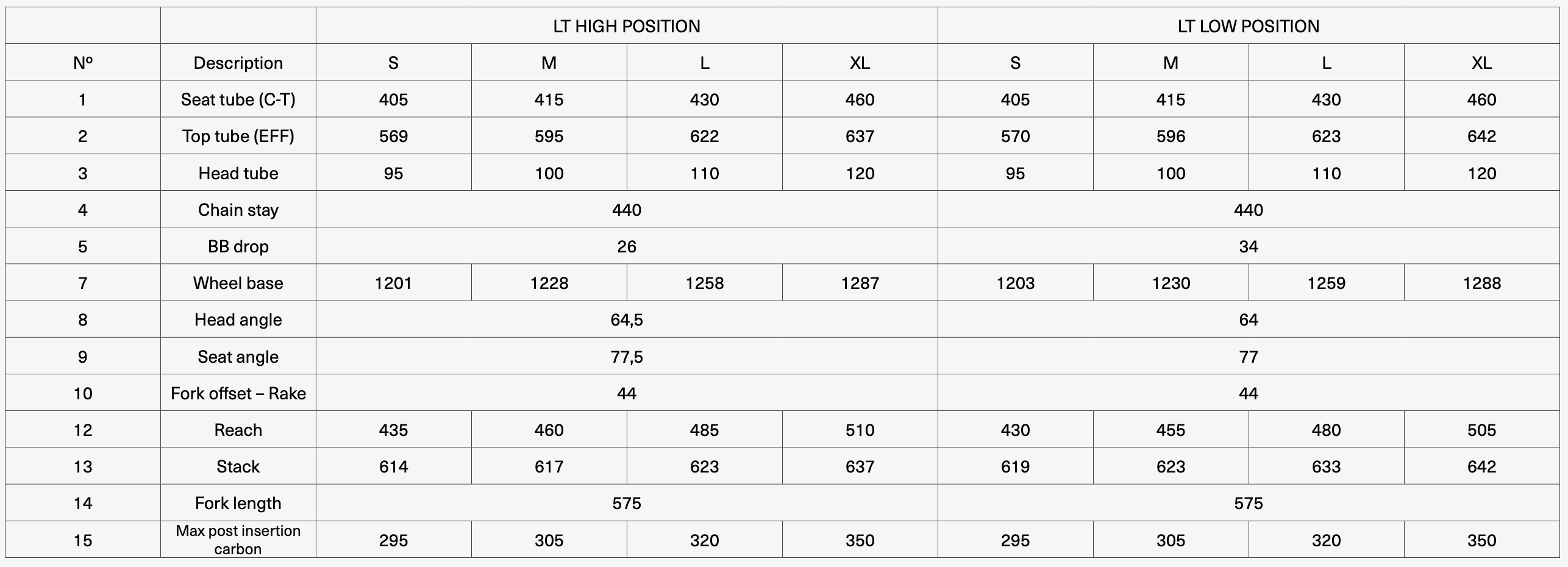

The Builds
Orbea has a tight relationship with Fox and Shimano, and both the Rise LT and Rise SL feature full Fox and Shimano builds with a selection of Orbea’s house brand components as well, apart from the SRAM Transmission offered on the Rise SL M-LTD. The more descending-minded Rise LT gets some variation of the Fox 36 in all models, while the lightweight Rise SL sticks with the Fox 34. As with other Orbea models, there are lots of customization options via the MyO configuration portal, allowing riders to select their preferred dropper lengths, bar heights, and other customizations.
It’s worth noting that all models of the Rise, LT and SL alike, come stock with the 420Wh battery. The 630Wh battery is an optional upgrade, and buyers will be able to select one for an upcharge during the build process in Orbea’s MyO portal, though exact pricing is not listed at this time.
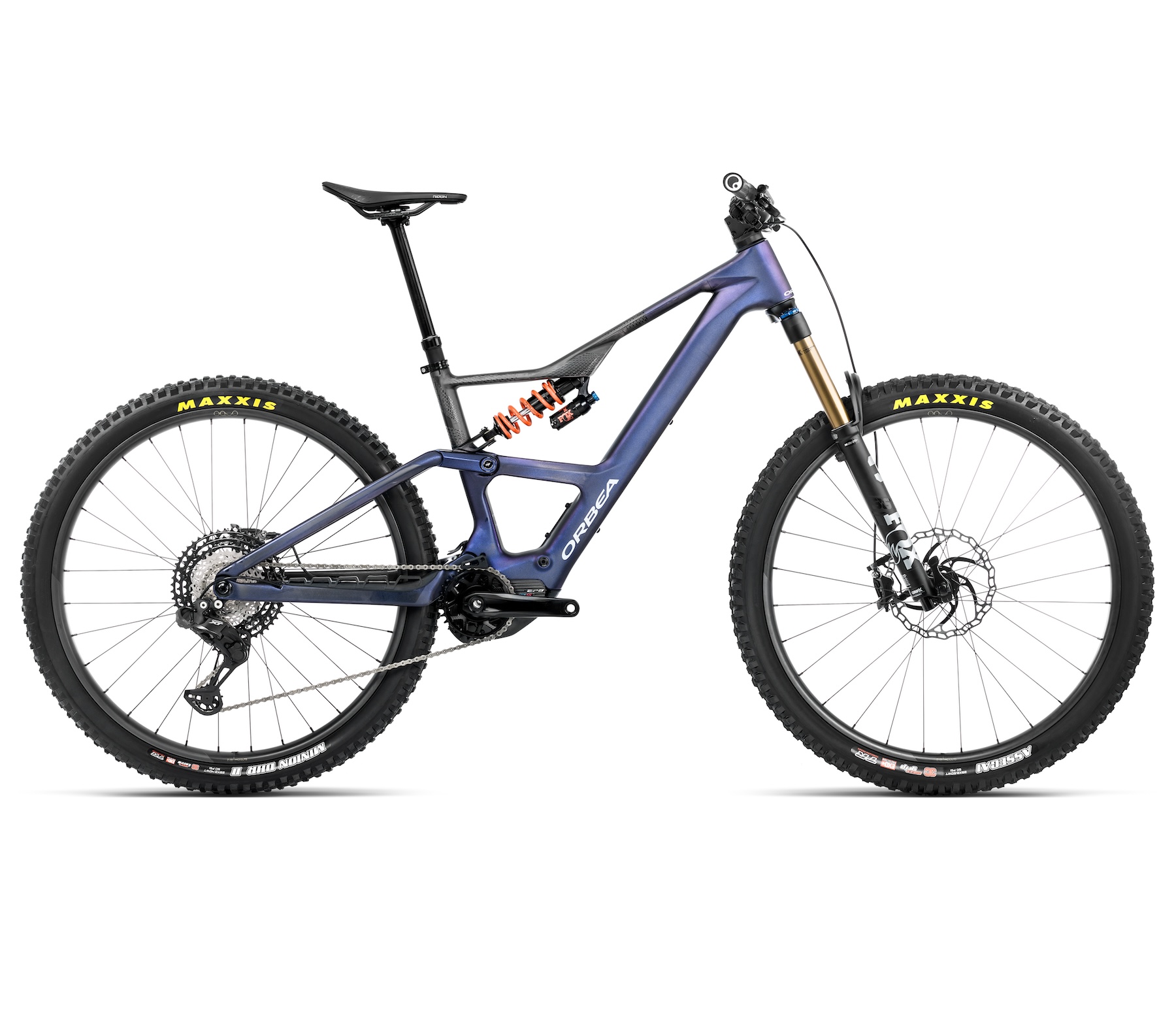
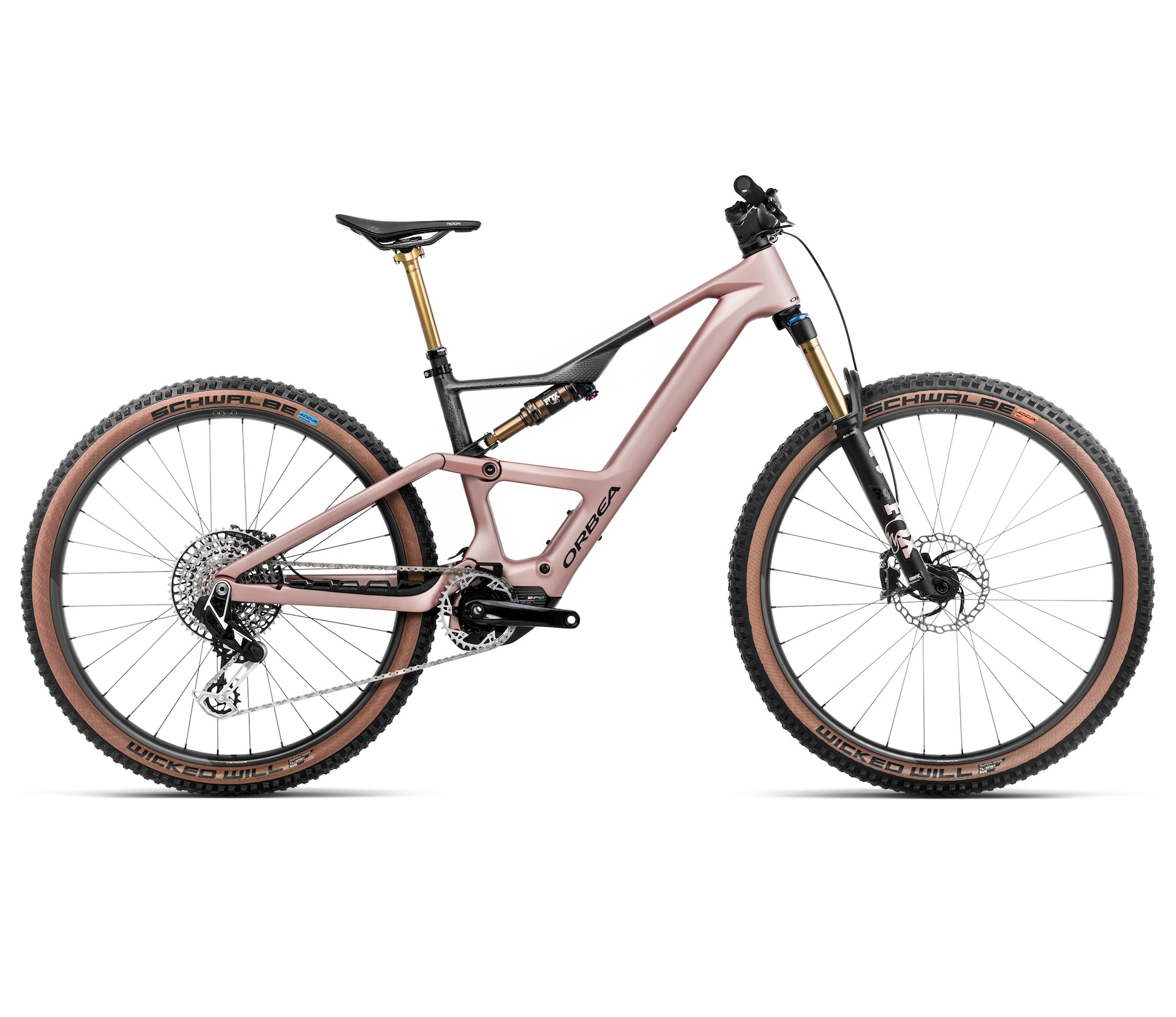


Orbea is only offering the higher-end M10, M-TEAM, and M-LTD builds for the Rise LT and SL for the time being. More budget-minded builds are likely to follow, and we wouldn’t be surprised to see an aluminum frame option as well given Orbea’s history of offering both carbon and aluminum options, but we’ll have to wait and see.
Full build specifications are as follows:
- Drivetrain: Shimano XT
- Brakes: Shimano XT MT8120
- Fork: Fox 36 Float Factory GripX (160 mm)
- Shock: Fox Float X Factory
- Wheels: Oquo MC32 TEAM
- Drivetrain: Shimano XTR / XT Di2
- Brakes: Shimano XTR MT9120
- Fork: Fox 36 Float Factory GripX (160 mm)
- Shock: Fox Float X Factory
- Wheels: Oquo MC32 LTD
- Drivetrain: Shimano XT
- Brakes: Shimano XT M8100
- Fork: Fox 34 Float Factory GripX (140 mm)
- Shock: Fox Float Factory
- Wheels: Oquo MC32 TEAM
- Drivetrain: SRAM XX Transmission
- Brakes: Shimano XTR MT9120
- Fork: Fox 34 Float Factory GripX (140 mm)
- Shock: Fox Float Factory
- Wheels: Oquo MC32 LTD
Some Questions / Things We’re Curious About
(1) With Shimano’s new EP801-RS GEN2 MC motor capable of cranking out both torque and power numbers that are approaching full power eMTB territory, just how different will the new Rise feel compared to other eMTBs on the market — both lightweight and full power?
(2) How will the combination of Orbea’s 420Wh battery and EP801-RS GEN2 MC motor compare to the Bosch CompactTube 400 battery and Performance Line SX motor offered on so many of the other lightweight eMTBs we’ve seen hitting the market?
(3) With clear influence from the 2024 Occam, will the Rise feel more like its LT and SL companions in the Occam range, or will the added weight of the battery and motor give it a more substantial feel like the Rallon?
Bottom Line (For Now)
Orbea has been a clear leader in the lightweight eMTB space since the 2020 introduction of the Rise, and the 2025 Rise LT and Rise SL are a firm signal that they don’t plan on resting on their laurels. With two models and numerous configuration options, the Rise looks to be a highly adaptable eMTB for multiple rider types and use cases, and we can’t wait to get on one to see how it stacks up alongside competitors in the red-hot lightweight eMTB segment. We should be getting on the new Rise soon, so stay tuned for a full review to come.

Lovely bikes. If I were buying the LT M-Team, the first thing I’d do is slap on a Z1 Coil fork, to complement the lovely coil rear shock.
Hoping the new Shimano motor has lost the dreaded “coasting clack” that the new Bosch lightweight motor has reportedly carried forward……
Orbea has problems in all of its strut-mount suspensions. Screws loosening or snapped, linkage misalignment, no stiffness, snapped, shattered or leaking shocks. Its common issues and Orbea warranty is terrible.
Hello,
I bough Orbea Rallon MyO with FOX DHX2 shock in mullet setup one year ago. I would like to share my very bad opinion about the orbea and lifetime warranty.
My Fox DHX2 snapped on the middle-size tabletop in Leogang on the flying gangster trail. Clean landing. Through this, the linkage damaged the frame. Bike was in stock configuration. All suspension parts, linkages, shock have been replaced and checked on warranty, one month before snapped shock.
This is a known issue in strut-mount / yoke suspension designs. Specialized Kenevo or Commencal Meta snapped fox coil shock often. That is why Fox has on the website table with “Max Strut Length”
Orbea in Rallon 2022-24 exceeded max allowed strut length. Mullet link is 77mm long. Max allowed for a 60-65mmmm shock is 72mm. So for me, the issue is quite obvious.
The frame was reported under warranty. It was the fourth warranty claim on this frameset. Two on frame/suspension misalignment and one on leaking shock. So all suspension parts have been replaced, check one mount before disaster with snapped shock.
Orbea after technical analysis in the Spanish factory, refused the warranty claim on the frame. Due to, it is not a material defect, and all components and bicycles complies with the requirements of the norm EN-ISO:4210. Fox did not say NOK for rallon frame… Orbea did not replace the frame…
I am attaching all the information and technical analysis, I received from orbea dealer. You can form your own opinion about the lifetime warranty and orbea.
Fox replaced the snapped DHX2 easily. But of course, Fox will not replace the frame.
Note:
Watch out for your coil shock in rallon.
Rockshock in new Super Deluxe Coil has exactly the same strut length limitation. Despite the thicker shaft.
Note that Orbea rise and occam have the same suspension design. If you have a repetitive issue with leaking shocks, it could be that.
Orbea showed in expert opinion what type of cracks it accepts. For me this is a useless lifetime warranty.
I spent over 7k EUR on this bike. I had it for almost a year. And I only rode it for only 3 months. The rest of the time bike was spent waiting for parts, an expert opinion or orbea answer. You also cannot contact orbea directly. To find out what’s going on with your bike or to provide your evidence.
I don’t recommend Orbea for very bad useless warranty, processing time and poor, dangerous suspension design. The same in models occam and rise…. Be wary of positive reviews about Orbea. Orbea report and removes negative comments and they banned my Facebook account for a negative review.
Their customer service for warranty claims is notoriously poor, often dragging on for months. Communication is inconsistent, leaving customers frustrated. Expect to foot the bill for any warranty-related problems. Their assembly quality is subpar, with incorrect fasteners and sloppy linkages. Don’t count on them knowing how to properly build bikes. Brace yourself for a slew of issues with this new bike, and good luck navigating them with their Spanish head office.
I was just thinking about buying a leftover 2023 Riz.. May have second thoughts now and look at another brand!!